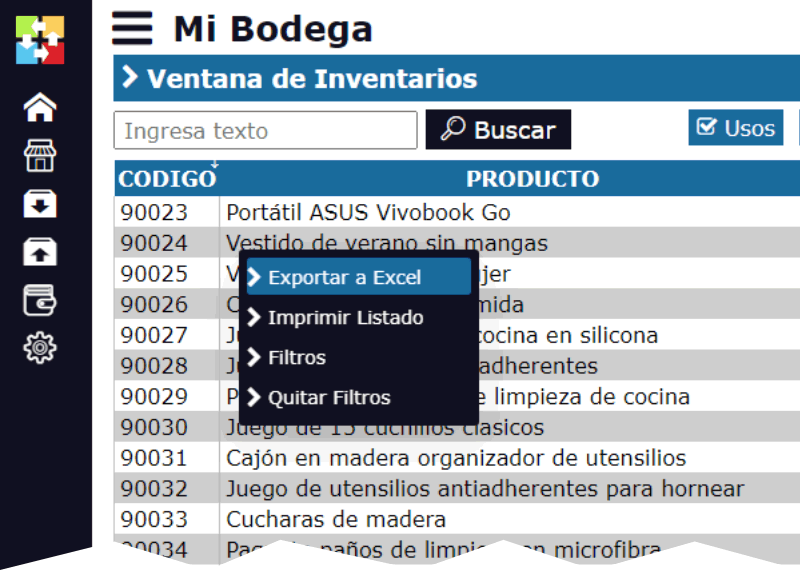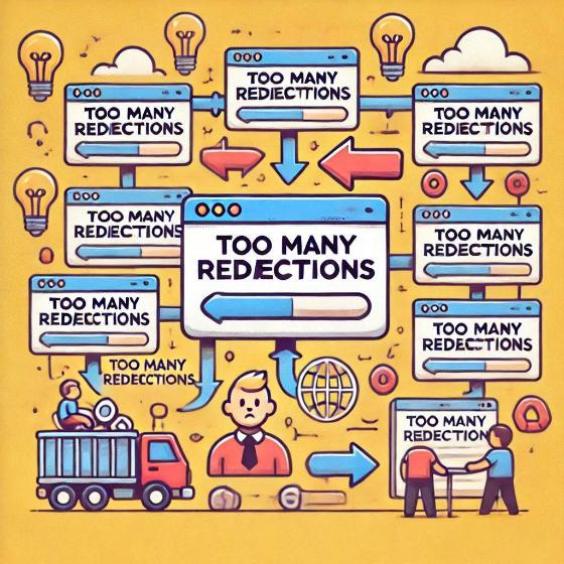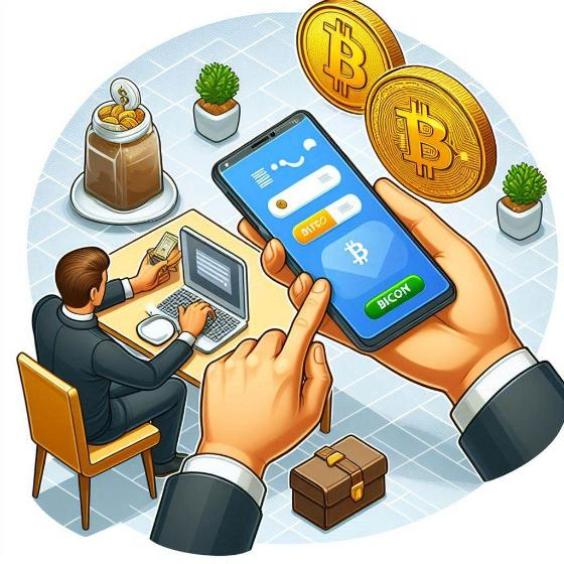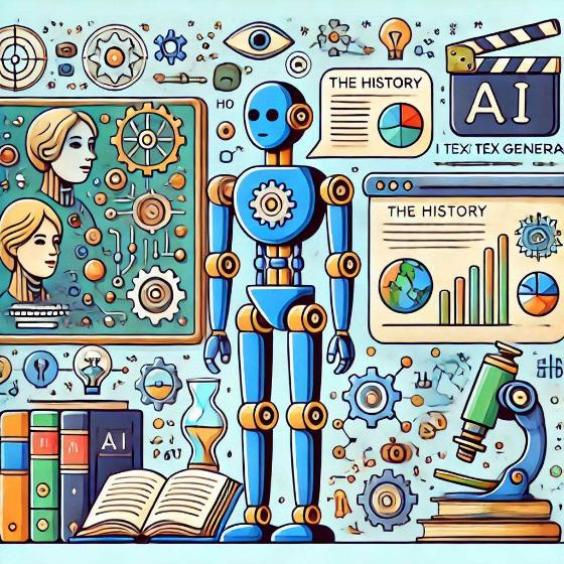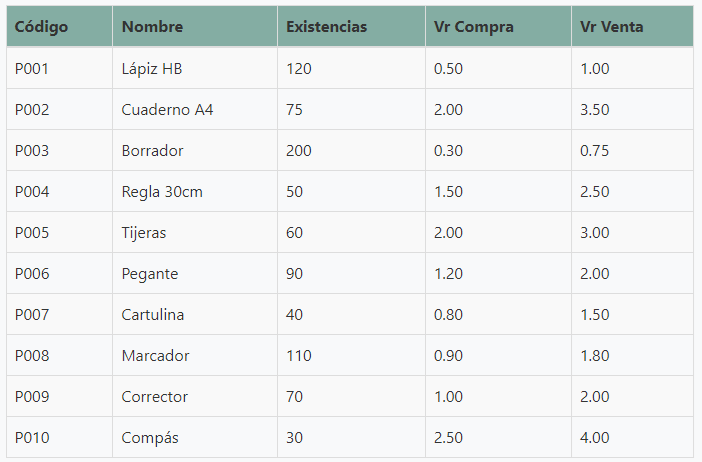The History of Calculators: From the Abacus to Supercomputers
When we hear the word "calculator", we think of that small device that we use to add, subtract, and to solve those complex divisions that no one wants to solve mentally. But, oh surprise, the history of calculators is as old as humanity itself... and much more interesting than one would imagine. So sit back (and have a calculator handy just in case), because we're about to embark on a journey through time, exploring the evolution of these devices.
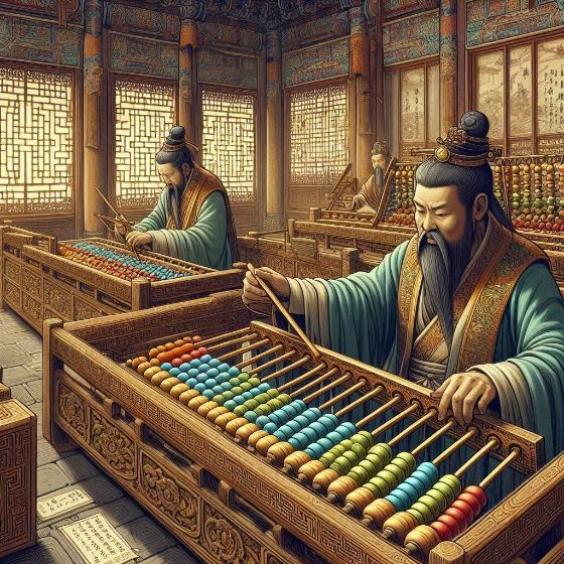
The Abacus: The Grandfather of Calculators
It all started with the abacus, the oldest manual calculator in history. It was invented around 2000 BC and, although it may seem like a simple board with beads, it was a revolutionary tool. It allowed Sumerian and Egyptian merchants to add, subtract, and... well, basically that's it. Don't expect differential calculations here.
The abacus didn't have LED screens or buttons, but it was definitely a portable device that fit in any "toga pocket". And guess what? It's still used in some parts of the world today! Of course, those who master it not only calculate quickly, but also develop the ability to show off their speed in front of any modern calculator. Let's see if your smartphone can handle that.
Blaise Pascal's "Pascalina": The Hipster of Calculators
In the 17th century, the French mathematician Blaise Pascal, tired of doing the calculations manually, designed a machine to add, which he called the "Pascalina". It was the first mechanical calculator capable of performing basic operations such as addition and subtraction, with gears and cogwheels that moved in a nearly hypnotic way.
The Pascalina was the sensation of the time. With it, Pascal managed to save so much time in calculations that he earned the envy of all the accountants in the region. However, it had a small problem: if you forgot to put the brakes on, the wheels would spin like a casino roulette and goodbye calculation.

Leibniz and the Steampunk Calculator
Around the same time, the German mathematician Gottfried Wilhelm Leibniz (who probably had more free time than Pascal) decided to improve the Pascalina and created the "Leibniz Calculator". His machine not only added and subtracted, it also multiplied and divided! But, to tell the truth, getting it not to jam in the middle of a multiplication was a feat.
This machine looked like it came straight out of a steampunk novel, with gears and levers everywhere. Operating it was almost like playing Twister with your hands. If Leibniz were alive today, he would probably be an engineer at NASA or a designer of impossible puzzles.
Charles Babbage and his "Difference Engine": The "Father" of Computers
Moving on to the 19th century, we arrive at Charles Babbage, the great visionary who designed the "Difference Engine". This colossal contraption could solve complex polynomials, as long as no one forgot to operate a lever or adjust a screw.
Babbage is known as the "father" of computers, and his machine was something like the mechanical great-grandmother of current calculators. It worked with steam and gears, and was so large that it needed a whole room to function. In fact, Babbage never managed to complete his invention. What was the problem? There wasn't enough budget to finish it. Who would have thought that technological budget cuts were already a problem two centuries ago!
From Vacuum Tubes to Silicon Chips: The Electronic Revolution
In the mid-20th century, the invention of vacuum tubes brought with it electronic calculators that occupied entire rooms. These giant calculators were perfect if what you were looking for was... to heat an entire office in winter. Then, with the arrival of transistors and microchips, calculators became smaller and faster.
By 1970, the Japanese company Sharp had launched the first pocket calculator, and it was a huge success! It was one of those calculators that, if you turned it over, you could write "BOOBIES" (now you know). However, they cost almost as much as a car, so you had to think carefully before buying one. The big question of the time was: "Car or calculator?"
Scientific Calculators and Graphing Calculators: The Curse of Students
The next big leap was the appearance of scientific calculators, with trigonometric functions, logarithms, and other functions that are capable of making any student wish they had never been born. Then came graphing calculators, which could make graphs and complex equations.
Many will remember the classic Texas Instruments model, which looked more like an 80s video game console with its pixelated screen. These calculators became the terror of exams. Students didn't know whether to use them to solve problems or to throw them against the wall after seeing the message: "Syntax Error".
The Era of Supercomputers: Calculations at a Galactic Level
And so we arrive at the modern era. Today, the calculators we carry in our pockets are more powerful than the supercomputers that sent man to the moon. With applications on our phones, we can do calculations that Babbage wouldn't even have dreamed of.
Current supercomputers can perform trillions of calculations per second and are used to predict the weather, design drugs, and even solve cosmic mysteries. But, of course, you can also use them to find out what 2+2 is... just in case you have any doubts!

And what about the computer that took man to the moon?
It's interesting to think that the computer that helped the Apollo 11 astronauts land on the moon in 1969 had a processing capacity of just 64 KB of memory and operated at a speed of 0.043 MHz. Compared to a modern smartphone, it's like comparing a tricycle to a Formula 1 car. In fact, any current smartphone has more computing power than that computer... and not only that, even your washing machine could be more powerful!
Yes, that's right. Today, even household appliances, such as washing machines and microwaves, have chips that far surpass the capabilities of the Apollo computer. But before you worry about having a washing machine capable of launching rockets into space, remember that the Apollo mission was based more on human experience and skill than on technology. In the end, the moral is that it's not about how many transistors you can fit in, but what you can do with them.
Imagine for a moment a calculator tournament: Abacus vs. Pascalina, pocket calculator vs. supercomputer... it would be epic! Who would win? Well, the Pascalina would probably be out at the first attempt to add two fractions, and the abacus wouldn't have much to do in a square root of 6 digits. But who cares? The important thing is that, after thousands of years, calculators have evolved to such an extent that they have gone from being simple boards with beads to machines capable of solving problems at a galactic level.
So the next time you use a calculator to do simple or complex calculations, remember that you are interacting with the culmination of centuries of human effort. And all to find out how much the pizza costs with tip included!
